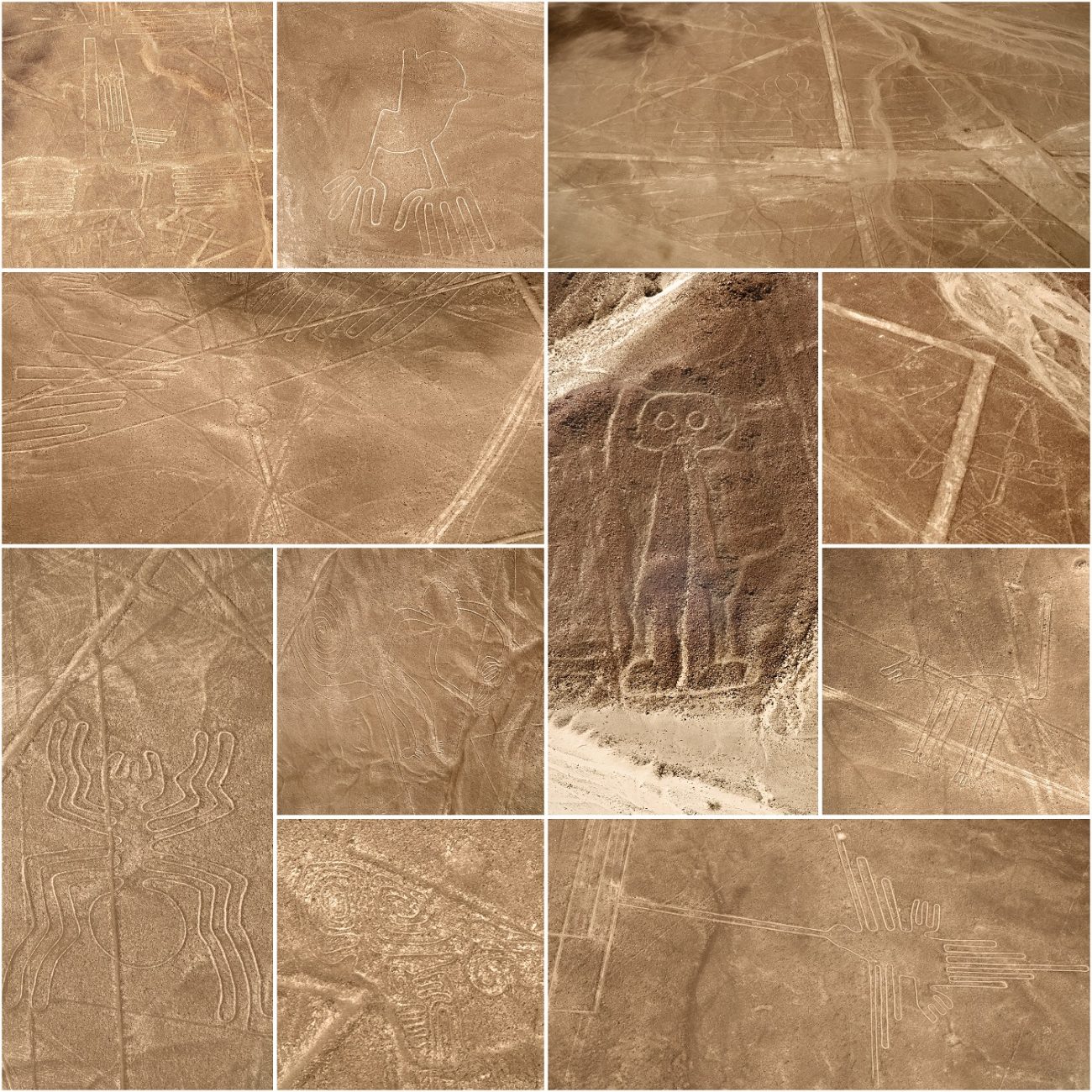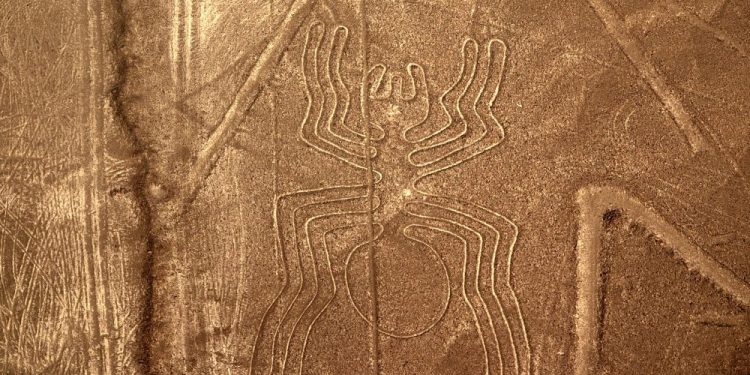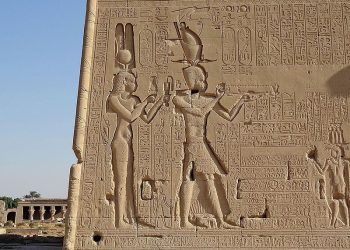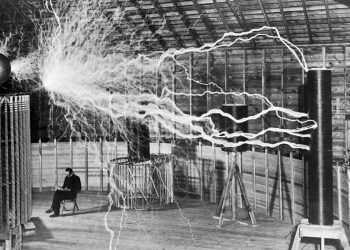Despite over 80 years of study of the Nazca Lines, the geoglyphs have remained a mystery to researchers who have flown and explored the lines for decades. Resumed, the Nazca Lines are a vast collection of geoglyphs engraved on the ground of the Peruvian coastal plain located 250 miles south of Lima. Believed to have been crafted in the distant past by an ancient South American people called the Nazca, these enigmatic glyphs are best appreciated when viewed from the air.
This is one of the main reasons the lines are shrouded in mystery. Why are they best appreciated from the air, and were they meant to be seen high above the ground? Are they mere ritualistic symbols, or do they convey a deeper meaning?
The Nazca Lines
Some of the Nazca lines represent geometric designs. There are straight lines and massive geometric designs that some have misinterpreted as “runways,” but there are also pictorial illustrations of more than 70 animals and plants. The highest length of these examples measures 1200 feet. There exist over 800 straight lines of these geoglyphs. Some of them are 30 miles long.
Discoveries of the Nazca Lines
Some of the more mysterious lines at Nazca are the 300 geometric designs consisting of rectangles, wavy lines, trapezoids, zig-zags, triangles, arrows, and spirals. There are also many stylized illustrations of plants, a humanoid figurine, and animals; these figures comprise examples of animals such as the condor, spider, monkey, the humanoid figurine known as the astronaut, trees, hands, and the hummingbird, among other designs.
Mystery Lines Fascination
According to legend, the mysterious Inca creator god Viracocha commissioned the Nazca Lines and glyphs in the distant past. Viracocha is one of the most important and prominent South American deities, and some compare him to the North American deity Kukulkan (Quetzalcoatl).
The Curious Scholars
From history, a Peruvian archaeologist, Toribio Mejia Xesspe, began research on the lines in 1926. However, the geoglyphs gained well-known academic attention in the 1930s when pilots flew over the mystery lines. In 1930, Maria Reiche, a German archaeologist, and mathematician, took an interest in the geoglyphs and dedicated her research to accurately measuring and mapping several Nazca lines.
Paul Kosok, an American historian, took an interest in the mystery lines and began to study the geoglyphs both from the ground and aerial view between the 1930s and part of the early 1940s. Considering the mystery line positions, he extensively studied the Sun around the winter solstice and concluded that Nazca lines had an astronomy-related rationale. Between the later 1960 to earlier 1970s, Gerald Hawkins, an American astrologer, studied the Nazca lines and disagreed with the aliens and the astronomical purposes of geoglyphs.
Creation of the Nazca Lines
Records of ancient civilization revealed that Paracas and Chavin cultures, which predated Nazca culture, might have initiated the use of geoglyphs. However, the Nazca culture, which started about 100 B.C. and prospered between A.D. 1 to 700, was responsible for most of the lines. These lines are found in the archaeological site of the Rio Grande de Nasca basin, the driest part of the earth, which stretches 75,000 hectares.

The deep rust color of the Iron oxide pebbles coated the desert floor. The designs were created by removing about 12 to 15 inches of rock, which revealed the lighter sand color. The ancient people are thought to have started with smaller-sized models and increased their sizes gradually. The geoglyphs have endured several millennia, mostly thanks to the arid weather conditions of the desert where they were created.
Astronomer’s Theory of Nazca Lines
An Astronomer, Robin Edgar, theorized that Nazca lines, especially the mystery lines featuring humans, fish, and animals, were creations in response to the “Eye of God.” This theorist believed that a solar eclipse was similar to a pupil that gazed down on people of the earth. Thus, he believed the lines were designed for the eye in the sky to watch the Nazca lines.
The Alien’s Mystery Lines
In Erich von Däniken’s book, “Chariots of the Gods,” the author believed that the Nazca lines were made by aliens who used the mystery lines as landing strips. Von Daniken viewed the geoglyph design as the complex covering of a large expanse and concluded that it could not have been of human origin. He strongly believed his theory because of the size of lines, the unavailability of tools, and because ancient cultures could not fly.
Most Intriguing Spider Geoglyphs
The Nazca lines were made of different designs, including the so-called astronaut, animals, etc., but the most exciting of the designs was the Spider illustration. A senior astronomer from the Adler Planetarium, Phyllis Pitluga, conducted a computer-based study on star alignments and concluded that the big spider design was an anamorphic diagram of the Orion constellation.
Why Nazca Lines
Several studies had something to say about mystery lines. But the latest research suggested that the purpose of the Nazca lines was water-related. Water was an indispensable element in the drylands of the Peruvian coastal plain. The geoglyphs were not used as an irrigation system to guide water discovery but as part of a ritual exercise to appease gods for more rain. Some scholars believed animal illustrations were symbols of fertility, rain, and water because many similar symbols appeared on pottery fragments from the same period the lines were created.
In danger
Most of the important relics in the world were preserved, unlike the Nazca Lines, which were not preserved from unintentional destruction. The truth is that despite the fact they have survived for more than a thousand years, they are still prone to destruction.
The first damage to the mystery lines happened in 2009 when heavy rain poured over the Pan-American route, with huge sand and clay deposits filling some of the lines. After five years, Greenpeace destroyed an area of the lines close to the hummingbird geoglyph during a media hunt. In 2018, a truck driver ran into the scene and etched deep scars about 100m by 50m into one of the lines. In other words, we must appeal to authorities to protect the lines for future generations.
Have something to add? Visit Curiosmos on Facebook. Join the discussion in our mobile Telegram group. Also, follow us on Google News.











